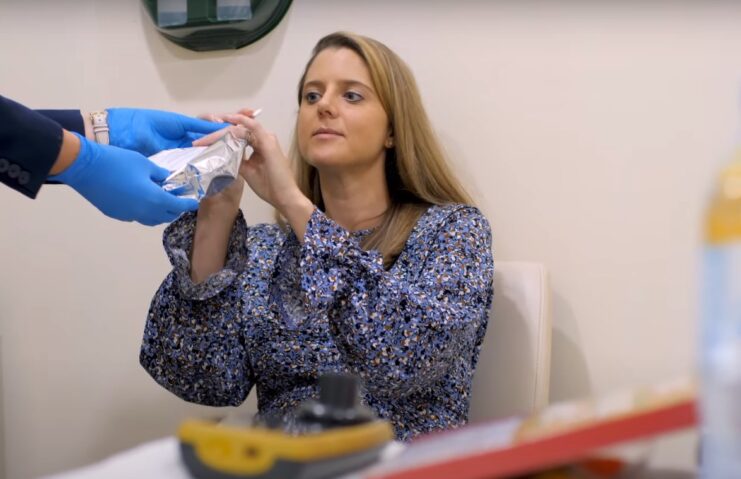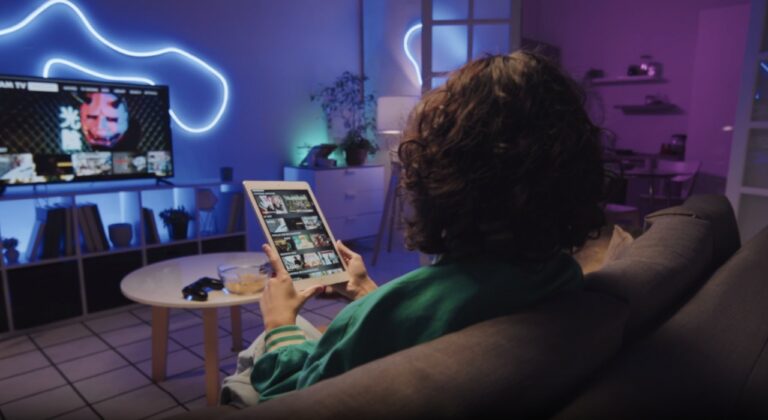Ever had those days when your belly feels like it’s hosting a mini rock concert? Or when you feel like you’ve swallowed a balloon that’s ready to burst? Maybe you’ve just finished a delightful meal, but instead of feeling satisfied, you’re left with an uncomfortable fullness or an acidic back-taste from a burp. If these scenarios sound all too familiar, you might be dancing with Dyspepsia, commonly known as indigestion.
Dyspepsia, while a fancy term, is simply the medical name for that pesky indigestion. It’s like that uninvited dinner guest who overstays their welcome, causing a ruckus in your stomach. This condition is characterized by a group of symptoms that originate from the upper part of your digestive tract. These can include epigastric pain (that’s the area just below your ribs), a burning sensation, bloating, and even that unpleasant feeling of food or liquid coming back up.
Symptoms of Dyspepsia (Indigestion)

You may experience one or more symptoms that include:
- Belly pain or discomfort
- Regurgitation (Burping up food or liquid )
- Heartburn
- Feeling uncomfortably full after eating
- Loss of appetite.
Most people will experience some symptoms of dyspepsia within their lifetimes.
Causes of Dyspepsia (Indigestion)
Some common causes of Dyspersia may inculde
- Lactose intolerance,
- Gallbladder inflamation,
- Gastroesophageal reflux disease (GERD),
- Anxiety or Depression,
- Side effects of caffeine, alcohol, or medicines
- Peptic ulcer disease (PUD)
- Cancers
Stomach Ulcers

Peptic Ulcer Disease (PUD), also known as a peptic ulcer or stomach ulcer, is one of the major causes of dyspepsia. Most ulcers are caused by an infection with a type of bacteria called Helicobacter pylori (H. pylori) along with the use of common over-the-counter painkillers known as nonsteroidal anti-inflammatory drugs (NSAID)
Stomach ulcers can be caused by a bacteria!
Helicobacter pylori (H. pylori) is a type of bacteria. that enter your body and live in your digestive tract. H pylori has been showned to be found in approximately 50% of the worlds population and is a risk factor for gastric cancer and lymphoma.
How to Find Out If You Are Carrying This Bacteria?

The C14 Urea breath test is used to diagnose a current H pylori infection along the stomach lining.
The C14 Urea breath test has a sensitivity of 97% and specificity of 100%, which makes it one of the most accurate tests for diagnosing a H pylori infection.
The C14 Urea breath test can be done in a clinic setting and takes around 15 minutes to complete.
The patient will be asked to swallow a capsule and after a few minutes the patient will be asked to exhale and a sample of the air is collected.
This will processed and the results will be discussed with the patient.
The patients usually experience minimal discomfort thoughout the test. Patients that are positive for H pylori will be started on a course of antibiotics and gastric acid suppressors for up to 2 weeks. A repeat Urea breath test is again done after treatment to test for cure.
C14 Urea Breath Test Preparation
Steps to take prior to the test:
- Fast for 8 – 9 hours before the test
- Patients are required to stop all antibiotics 12 weeks prior to the test.
- Stop any gastric acid suppressing medication at least 1 week prior to the test.
What Happens If You Are Infected with H. Pylori?
The treatment of H. Pylori is very straightforward. All it takes is antibiotics and medicines to stop the stomach from producing acid.
FAQ
1. What is the difference between dyspepsia and heartburn?
While both dyspepsia and heartburn can cause discomfort in the upper abdomen, heartburn specifically refers to a burning sensation behind the breastbone, often caused by stomach acid refluxing into the esophagus. Dyspepsia, on the other hand, encompasses a broader range of symptoms including bloating, burping, and a feeling of fullness.
2. Are there any natural remedies for dyspepsia?
Some people find relief from dyspepsia symptoms by drinking ginger or peppermint tea, eating smaller meals, avoiding spicy or greasy foods, and reducing stress. However, it’s essential to consult with a healthcare professional before trying any remedies.
3. How is H. pylori transmitted?
H. pylori is believed to be transmitted from person to person through direct contact with saliva, vomit, or fecal matter. It can also be spread through contaminated food or water.
4. Can dyspepsia be a sign of something more serious?
While dyspepsia is often benign, it can sometimes be a symptom of more serious conditions like stomach ulcers, gallstones, or even stomach cancer. If symptoms persist or are severe, it’s crucial to seek medical attention.
5. Are there any dietary restrictions while undergoing treatment for H. pylori?
While on antibiotics, it’s essential to avoid alcohol and foods that can irritate the stomach. Probiotics and a balanced diet can help maintain gut health during treatment.
6. How long does it take for symptoms to improve after starting treatment for H. pylori?
Most patients notice an improvement in symptoms within a few days of starting treatment. However, it’s crucial to complete the full course of antibiotics even if symptoms resolve.
7. Can H. pylori infection recur after treatment?
Yes, there’s a possibility of reinfection if one comes into contact with the bacteria again. It’s essential to maintain good hygiene practices and ensure that all family members are tested and treated if necessary.
Final Words
Navigating the world of digestive discomfort can be daunting, but understanding the potential causes and treatments can make the journey smoother. Dyspepsia, while common, shouldn’t be brushed aside, especially if it’s persistent. With the advancements in medical science, diagnosing and treating conditions like H. pylori infections have become more efficient and effective.
Always prioritize your health and well-being. If you experience any of the symptoms mentioned above, don’t hesitate to consult with a healthcare professional. Remember, a proactive approach to your health can make all the difference. Stay informed, stay healthy, and always listen to your body.












